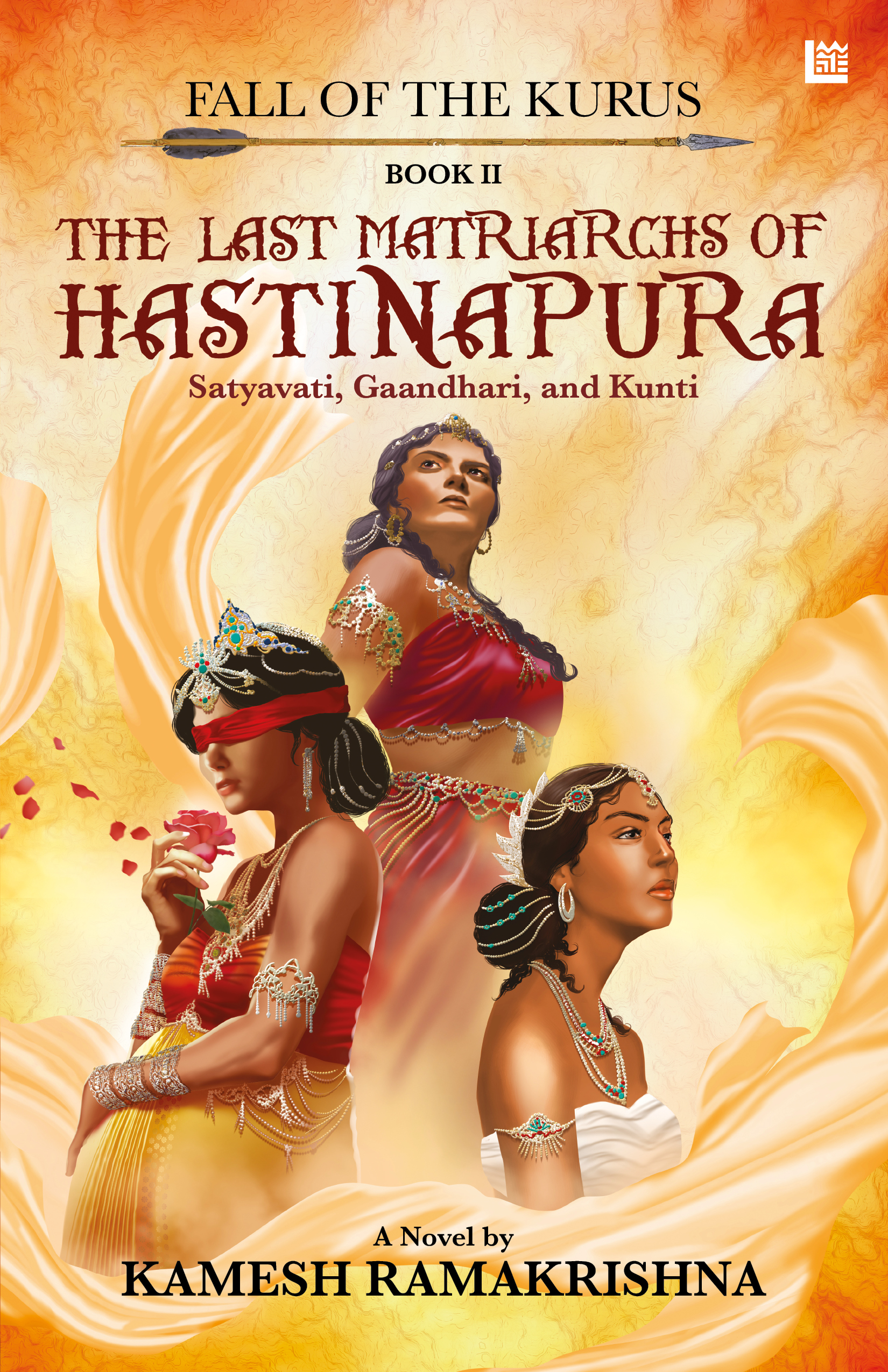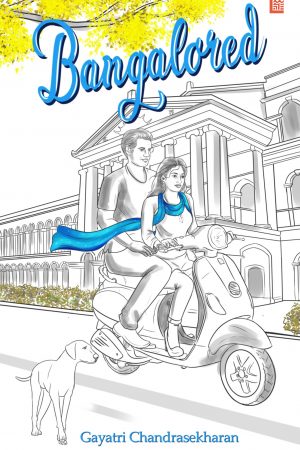Description
In the Bronze Age world of 2000 B.C.E., Hastinapura is a male-governed trading outpost, in the midst of many smaller matriarchies. This novel is the untold story of Hastinapura, narrated through the voices of three women whose desires, hopes and actions drive the dramatic events of the ancient city and introduces the reader to the possibly unfamiliar world of matriarchal power and matrilineal inheritance.
Shantanu, the Kuru ruler of Hastinapura, has given his word to his consort Satyavati, that her descendants will rule as Matriarchs. But decades pass without a daughter or grand-daughter being born. Instead, sons inherit, extending the customs of a caravan to create a patrilineal tradition. I have no daughter, becomes Satyavati’s lifelong lament and that of Kunti, Matriarch of Bhojpura, as her city collapses. It also echoes in the heart of the blindfolded Gaandhaari, who endures countless agonizing childbirths, hoping for a daughter. But when the girl child finally comes, Gaandhaari’s own position hangs in the balance of destiny.
The Last Matriarchs of Hastinapura, Book II of the Fall of the Kurus series, follows the lives of Satyavati, Gaandhaari, and Kunti, as they manoeuvre to ensure that their descendants rule the burgeoning Hastinapura Empire. When compromise fails, partition seems the only solution – Hastinapura for the Kauravas, and Indraprastha for the Pandavas. But, like other partitions before and since, this too provides no permanent solution.






